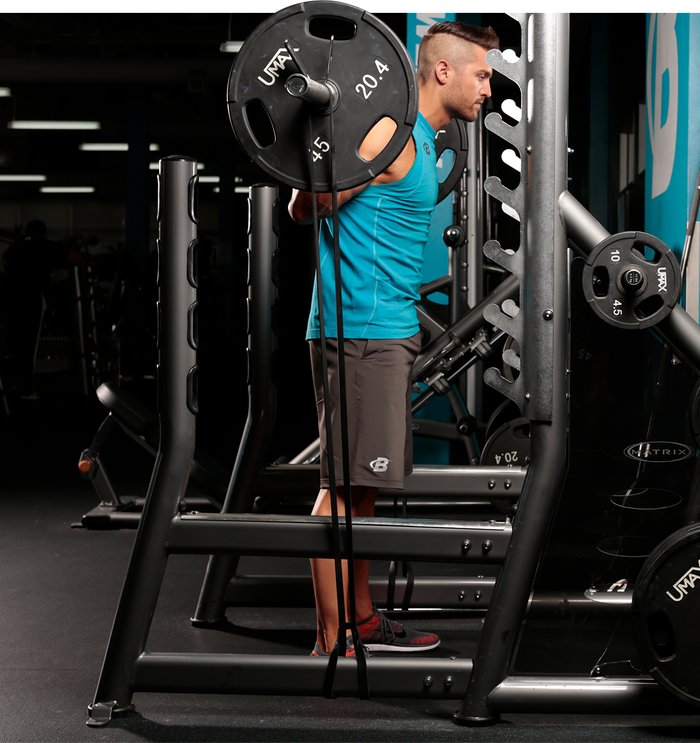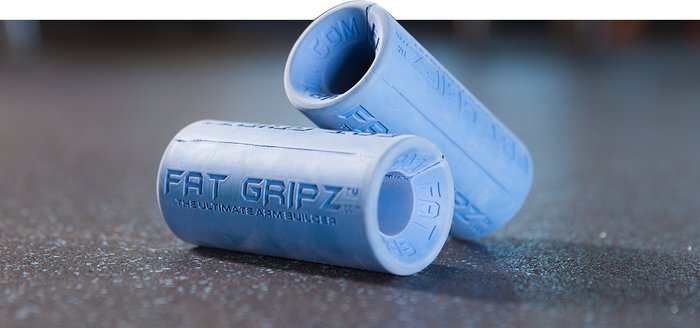The "why" of warming up is well established in research and in the trenches. It helps to turn on the muscles you're about to use and reduces the chance of injury. But if you're using your warm-ups solely to "get loose," you're probably wasting valuable minutes and missing out on the potential for surprisingly huge gains.
Depending on your level of training, these warm-up tricks can help maximize gym time and improve overall strength and performance.
Overshoot Your Working Set
A classic strength-building hack is to ramp up your low-rep sets beyond your working weight. When you come back down to your working weight, it'll feel like a feather!
Example: Let's say you're building up to 3 working sets of 5 reps in the bench press, a classic strength-and-size protocol I talk about in my article "A Better Way To Deload."
- Do a few low-weight ramp-up sets.
- Now, do singles at 90-95 percent of your max. Don't shoot for a PR here—this is a warm-up, so you don't want to kill yourself doing it. Just shoot to trick your nervous system into thinking your working weight is super heavy, when in fact it's not.
- Drop down to your actual working weight, which now feels like nothing!
Add Accommodating Resistance to Your Warm-ups
Bands and chains can be added to a variety of barbell and machine exercises. They are a common resistance accessory for heavy lifters, who often use them on a specific, power-focused lifting day. But, anyone can use this hack to play with the nervous system during warm-ups!

Example: For squat gains, add bands to each end of the barbell, locked at the bottom of the cage with band pegs or looped into a knot. Here's how this works:
- Make sure the integrity of your band is solid, then attach it to the bottom of the cage, either through built-in pegs or by looping the band into a knot around the bottom of the rack.
- Once your weights are stacked, attach the top of each band to each end of the barbell.
- Perform your warm-up sets. As you lower into the squat, the band tension will assist you; as you power upward, the band tension will resist you. Essentially, you've now reversed your body's expected resistance, causing the squat to feel easier going down and tougher going up.
- Remove the bands to squat at your regular working weight, which should now feel easier and more controlled!
Use A Thick Grip for Warm-ups
Hands and forearms have more to do with your pressing strength than you realize. If you want to trick your body and lift even more weight, do your warm-up sets with an oversized grip accessory, like Fat Gripz. You'll see huge gains in your pressing power once the grips are removed.

Example: Beforebenching, add Fat Gripz or other grip wideners to the barbell for your warm-up sets. Here's what happens next:
- With Fat Gripz, do your bench warm-up as usual, or even using one of the additional hacks mentioned in this article. You can start with an empty bar, working through every warm-up set. You can even do this at your working weight, if you choose.
- After the barbell contacts the body, "squeezing the bar hard" as you extend upward—the classic bench-press assist—will be that much harder. The muscles in your hands and forearms will be forced to activate at greater intensity that usual.
- Remove the Fat Gripz for your working weight. Your hands and forearms, already activated to peak performance, will have a much easier time, and the bar will feel easier to lift!
- Even using Fat Gripz at your working weight is hugely beneficial to increasing grip strength for other exercises, as well as increasing forearm strength and size.
Note: For more tips like this, check out my book The Warm-Up: Modern Methods for Strength Training.



